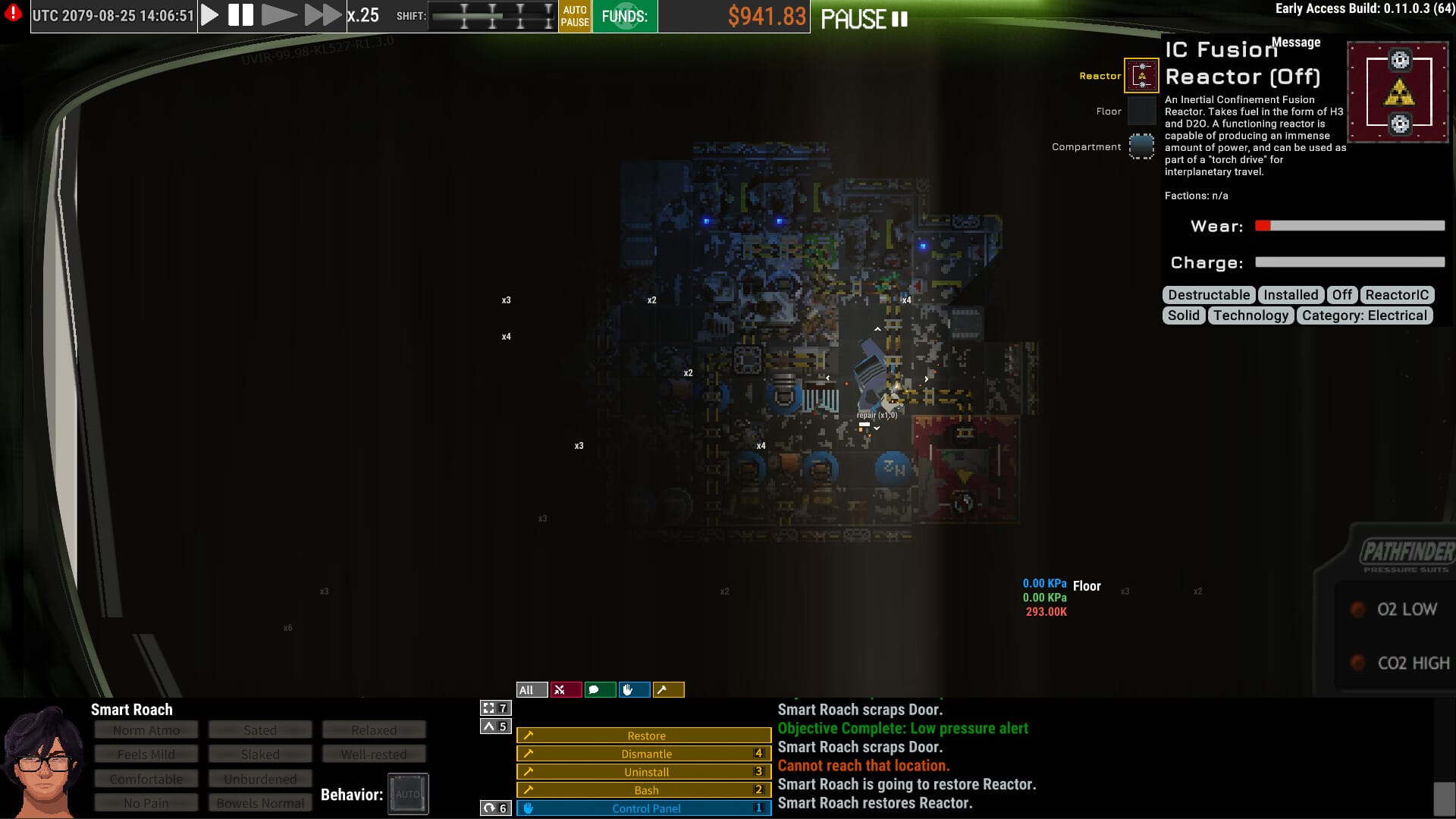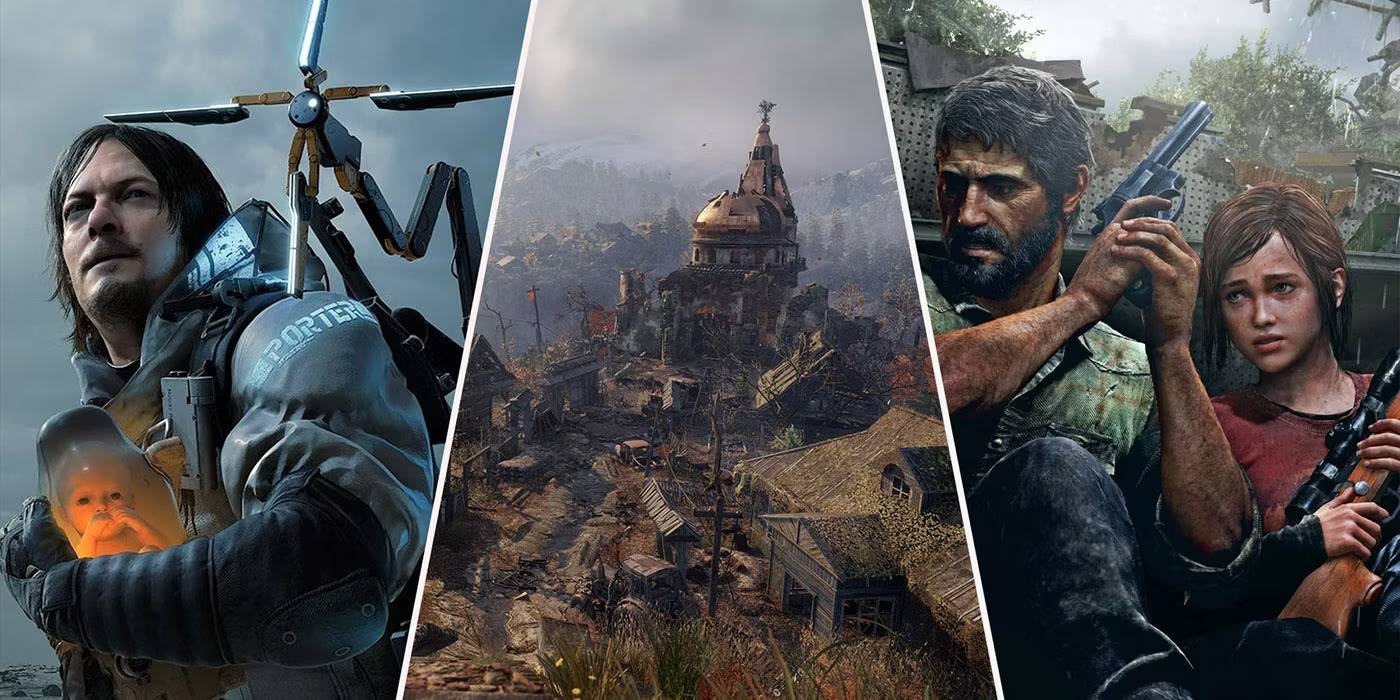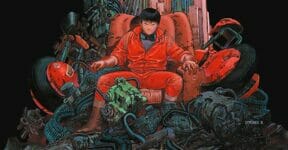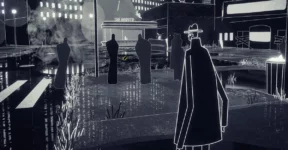Ostranauts is a space simulation game focused on the gritty, day-to-day reality of managing a spacefaring vessel in a dystopian future. This game combines survival mechanics, detailed ship management, and complex social interactions to create a unique experience where players must keep their vessel and crew functional while navigating personal and financial struggles in the cold, unforgiving void of space.
Plot and Setting
Ostranauts is set in a universe where Earth’s social and economic systems have collapsed, resulting in an isolated, dystopian solar system populated by freelance captains, struggling corporations, and space stations operating on the edge of lawlessness. As a “blue-collar” spaceship captain, the player is tasked with managing their vessel and crew while balancing precarious finances and navigating the murky ethics of the game’s hostile world.
The player’s backstory and goals are highly customizable, allowing for replayability and diverse scenarios. Players can choose traits and backstory elements for their captain, affecting how NPCs react and the interactions available. This system allows players to make their own narrative within the universe’s framework, shaping a character-driven experience within a bleak, industrialized future.

Gameplay Mechanics
Ostranauts is a highly detailed simulation of spaceship management and human interactions. It features mechanics that range from oxygen levels and equipment wear-and-tear to the crew’s psychological needs. These mechanics blend, emphasizing the harsh realities and survival challenges faced in a low-budget spacefaring life.
- Ship Building and Maintenance: At the core of Ostranauts is ship management. Players build, repair, and upgrade their ships, which involve everything from wiring circuits to managing oxygen flow and temperature. Every component is a potential source of trouble and must be maintained to keep the ship operational, and everything—down to electrical panels and life-support systems—requires player attention. Players can salvage or purchase new parts and adapt the layout of their ship to fit their needs and style of play.
- Resource Management and Survival: Resources are limited, and survival is a constant balancing act. Players must carefully manage fuel, oxygen, and other essentials, trading or salvaging to keep supplies steady. Every decision carries weight; overextending or neglecting an essential system could lead to deadly malfunctions. Food, water, and sleep also affect the well-being of the player and the crew, making resource allocation and logistics essential.
- Crew Interactions and Social Dynamics: Ostranauts delves into social simulation, as the player must recruit, interact with, and maintain the morale of their crew. Each crew member has a unique personality, needs, and behavioral quirks, requiring the player to manage both professional and personal dynamics. Social interactions are affected by players’ choices and history, creating a web of relationships that can result in loyalty, rebellion, or abandonment depending on the circumstances.
- Law and Economy: Players must also navigate the game’s law enforcement and economic systems. With financial survival constantly in question, players are faced with the option to take on both legitimate jobs and morally dubious contracts. The authorities can be avoided, bribed, or appeased, but legal troubles can be financially devastating. The game includes random inspections, ship registration, and docking fees, immersing players in a system where every encounter has potential consequences for their career.
- Procedural Storytelling: While Ostranauts lacks a fixed storyline, its procedural events and character-driven interactions create dynamic narratives. The game’s events and player choices influence each other, resulting in unique experiences where the player’s backstory, crew relationships, and choices lead to different scenarios and outcomes. The game balances narrative with gameplay by relying on emergent storytelling, allowing players to experience the struggles and unpredictable moments of running a spaceship in a hostile universe.
Visuals and Audio
Ostranauts uses a gritty, retro-futuristic art style inspired by sci-fi aesthetics from the ‘70s and ‘80s, emphasizing industrial design over glossy visuals. The ship’s interiors and character designs feature muted colours and mechanical details, giving a sense of realism and functionality that enhances the survival atmosphere.
Audio in Ostranauts reinforces this industrial feel, with ambient mechanical sounds, subtle background music, and crew dialogue that conveys the tension and isolation of space life. The game’s sound design highlights the details of the ship’s operational noises, creating an immersive experience as players feel the cold, eerie silence of space punctuated by the hum of their ship’s machinery.
Themes
Ostranauts explores survival, isolation, and the human cost of living and working in space. It portrays the struggles of managing a vessel where every resource is scarce, and every relationship is volatile. The game reflects on humanity’s adaptability and resilience within a gritty, mechanical future that doesn’t romanticize space travel but presents it as a tough, often punishing lifestyle.
The dynamics of interpersonal relationships add depth, portraying the psychological toll of isolation and survival pressures. Players witness how isolation, financial stress, and desperation can push people to their limits, challenging players to think critically about their interactions and choices as leaders.
Have you played Ostranauts? What’s your favourite part of it? We’d love to hear from you.
Check out other articles by month:







